Expansion joint
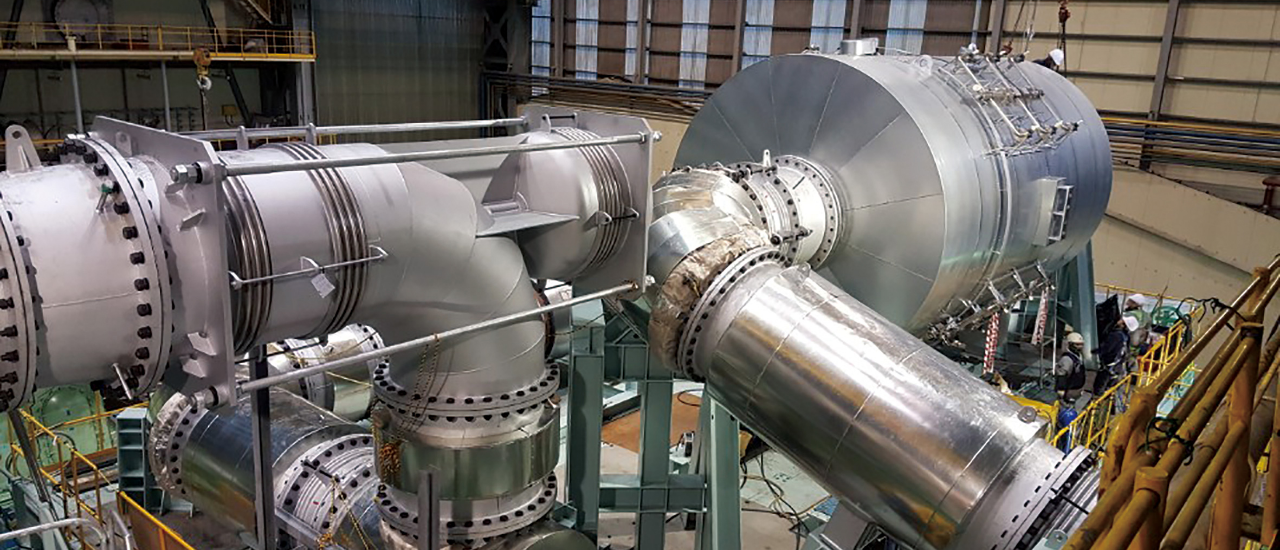
METAL EXPANISON JOINT
Major Functions / Features
Having the ability to compensate for axial movements
and with its simple and compact overall dimensions,
Expansion Joints are very widely used within a range of applications.
They are especially common in piping, examples of
which would include exhaust systems, ventilation and
flue gas systems, district heating, steam, oil and gas pipe systems.
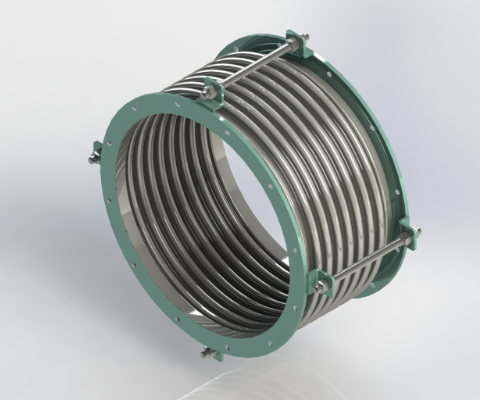
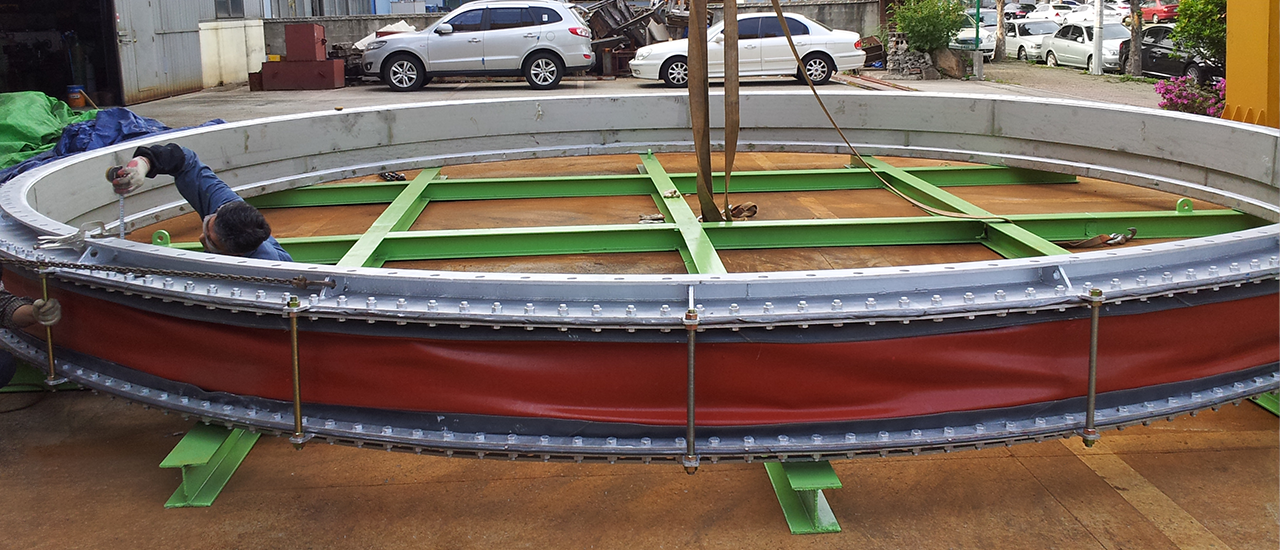
Non-Metal Expansion Joint
Major Functions / Features
Various materials are designed and constructed in accordance with the installation location and
conditions, and are highly flexible and have very little limitations in shape.
A flexible connected medium that absorbs all movement caused by temperature changes and
provides stability to the piping system. Non-metallic joints should be designed to be well
adapted to a variety of expansion capacities and temperature changes from time to time,
so that designers can reflect various ducts and pipe lines in the design to protect the equipment
from shrinkage, expansion, vibration, internal and external pressures, and to protect the entire
factory's industrial facilities. Manufactured from a wide range of non-metallic materials,
including synthetic rubber, fiber, insulation, and fluoride, depending on the design conditions.
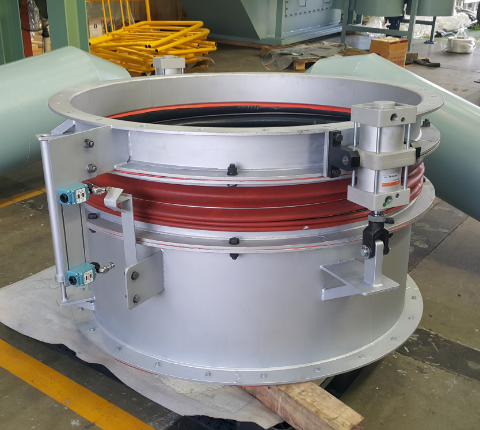
Product Type
-
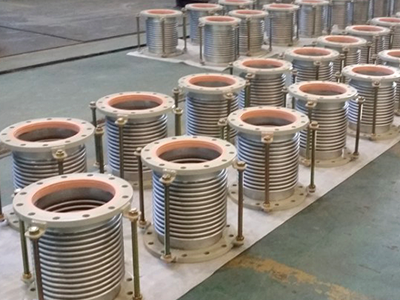 Single Unreinforced
Single Unreinforced
Single Unreinforced Metal Expansion Joints
-
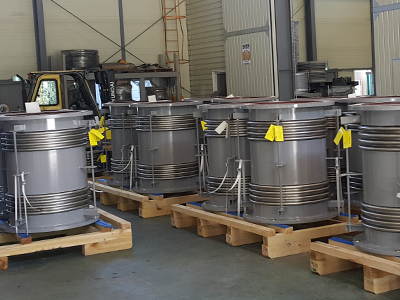 Universal Unreinforced
Universal Unreinforced
Universal Unreinforced Metal Expansion Joint
-
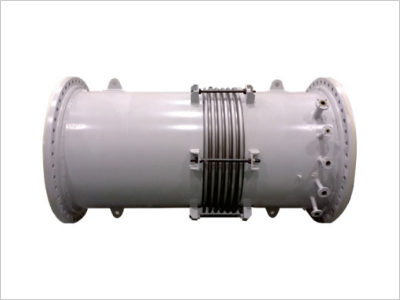 Single Tied
Single Tied
Single Tied Metal Expansion Joint
-
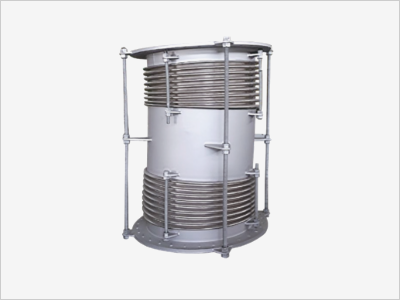 Universal Tied
Universal Tied
Universal Tied Metal Expansion Joint
-
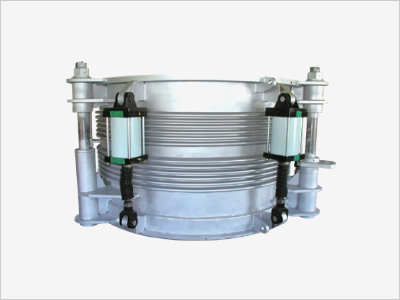
Cylinder Type Expansion Joint
-
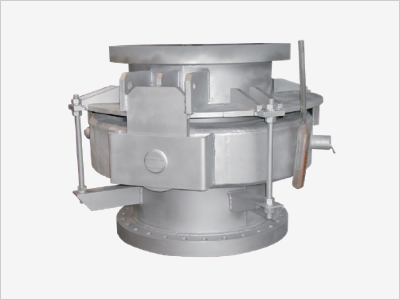
Gimbal Type Expansion Joint
-
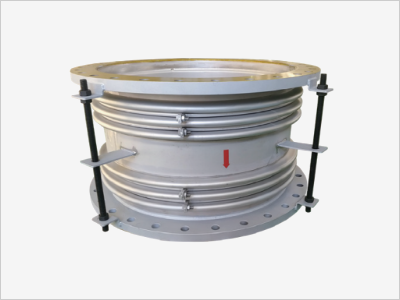
Reinforced Expansion Joint
-
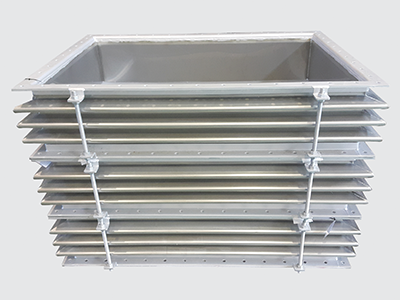 EXPANSION JOINT - RECTANGULAR
EXPANSION JOINT - RECTANGULAR
Miter Corner Type Expansion Joint
-
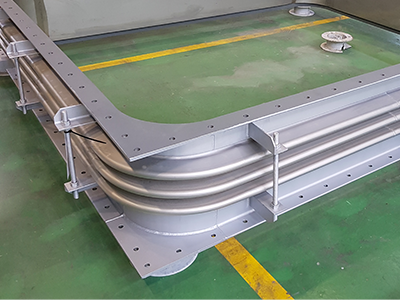 EXPANSION JOINT - RECTANGULAR
EXPANSION JOINT - RECTANGULAR
Round Corner Type Expansion Joint
-
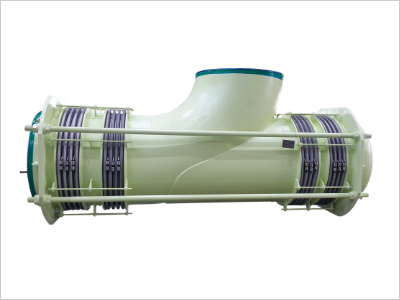 EXPANSION JOINT
EXPANSION JOINT
Pressure Balance Type
-
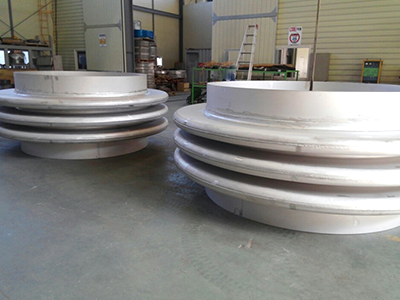 EXPANSION JOINT
EXPANSION JOINT
TEMA Bellows
-
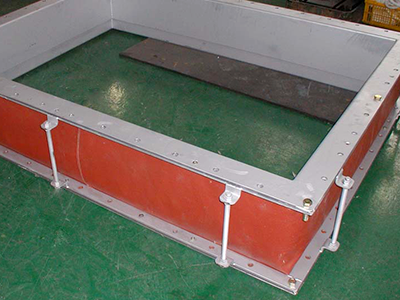 Non-Metal Expansion Joint
Non-Metal Expansion Joint
Fabric
